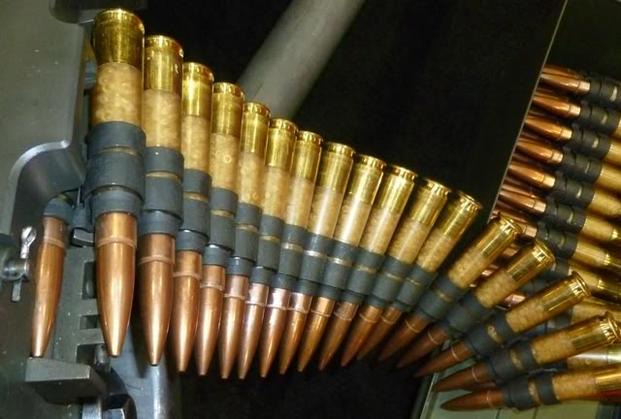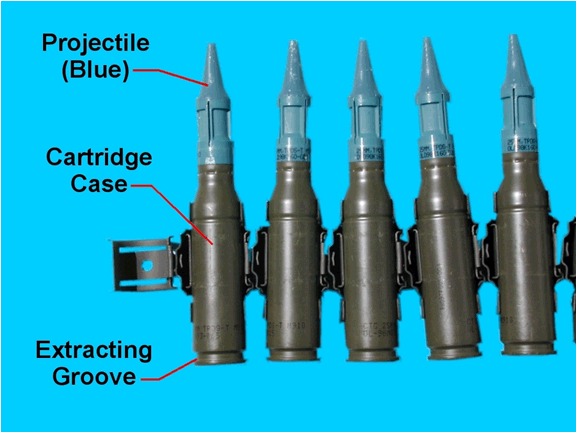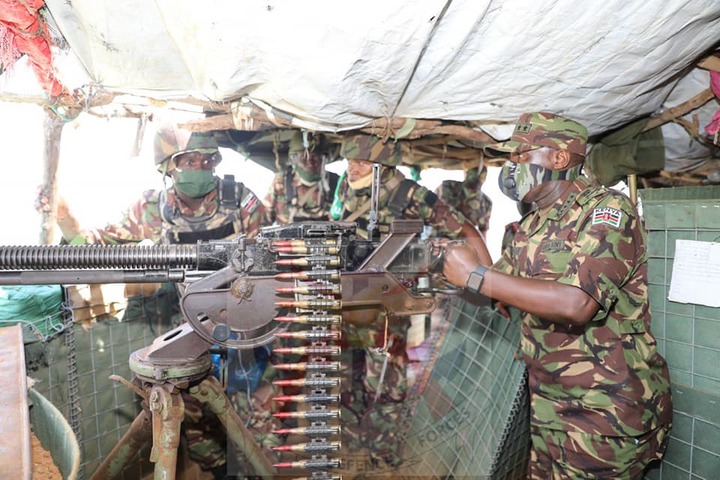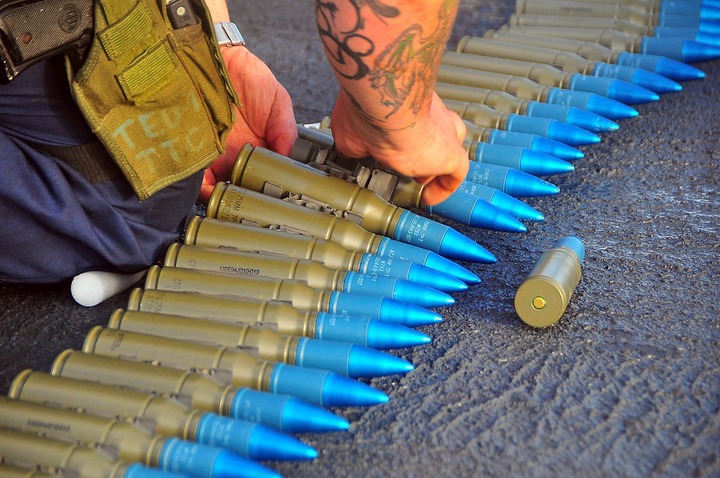We are centuries past the medieval age, where weapons were crude. Bring any of those weapons to modern battlefields, and you won’t last a second longer. Those arms, if any exist, are for the museums. However, they were precursors to modern armaments because most are built on medieval concepts. For example, firearms use gunpowder to propel projectiles, yet gunpowder is a medieval invention. With this information at hand, we can look at bullets. We will sight their evolution from the medieval epoch and the most lethal ones serving Kenyan troops. Let’s get started.
 Modern bullets were simple spherical projectiles made of lead. They lacked casings, primers, necks, or rims—they resembled ball bearings. These primordial bullets entered the guns through the muzzle, and the gunner manually ignited the black powder to fire. They gradually improved, and by the 19th century, modern bullets were born. These contemporary rounds dominate battlefields and law enforcement agencies.
Modern bullets were simple spherical projectiles made of lead. They lacked casings, primers, necks, or rims—they resembled ball bearings. These primordial bullets entered the guns through the muzzle, and the gunner manually ignited the black powder to fire. They gradually improved, and by the 19th century, modern bullets were born. These contemporary rounds dominate battlefields and law enforcement agencies.
 However, there is more to these projectiles that’s unknown to civilians.
However, there is more to these projectiles that’s unknown to civilians.
 You should know that bullets vary in many ways. The variation is centered around their diameter, length, and power. Power determines the lethality and is derived from the base material, caliber, and the amount of charge. The most lethal bullets generate strong recoils. Have loud bangs and cause unprecedented damage to human bodies. One such bullet is the point 50 BMG. These are larger rounds designed for Browning machine Guns (BMG). But most machine guns, especially those with belt feeding mechanisms, can fire them. Point 50 BMGs are unstoppable. They have enough power to dismantle anything in their way. And because of that, they are for destroying things like enemy convoys, radar stations, armored cars, and aircraft. They are hardly used to humans
You should know that bullets vary in many ways. The variation is centered around their diameter, length, and power. Power determines the lethality and is derived from the base material, caliber, and the amount of charge. The most lethal bullets generate strong recoils. Have loud bangs and cause unprecedented damage to human bodies. One such bullet is the point 50 BMG. These are larger rounds designed for Browning machine Guns (BMG). But most machine guns, especially those with belt feeding mechanisms, can fire them. Point 50 BMGs are unstoppable. They have enough power to dismantle anything in their way. And because of that, they are for destroying things like enemy convoys, radar stations, armored cars, and aircraft. They are hardly used to humans
The KDF has thousands of these rounds. Some of which are imported while the majority are manufactured in Eldoret. That marks the end of our discussion. Kindly support the channel by smashing the follow button. Remember to like, share, and comment below. Thank you.

 Business7 days ago
Business7 days ago
 Crime1 week ago
Crime1 week ago
 Business1 week ago
Business1 week ago
 Latest3 days ago
Latest3 days ago
 Latest4 days ago
Latest4 days ago
 Politics1 week ago
Politics1 week ago
 Education1 week ago
Education1 week ago
 Business5 days ago
Business5 days ago

